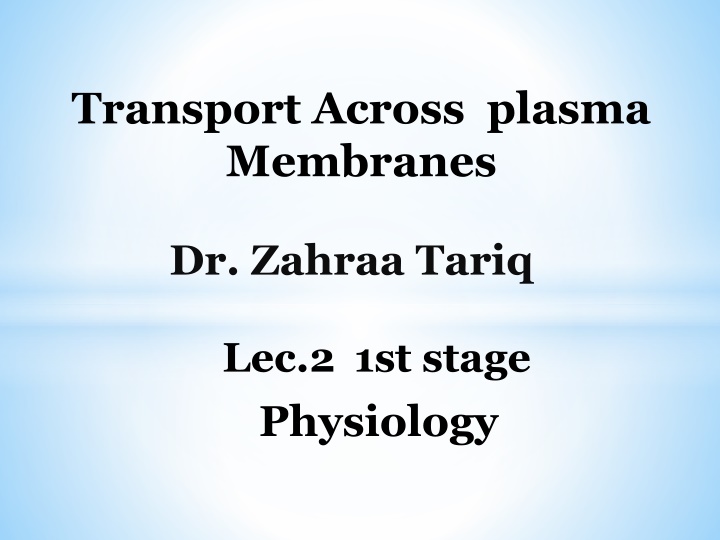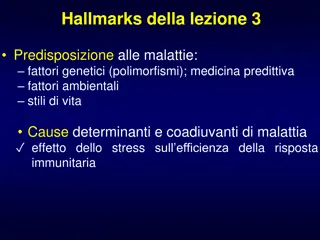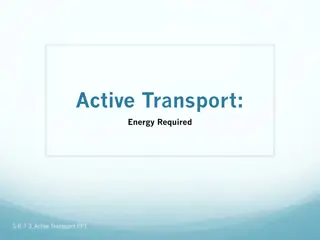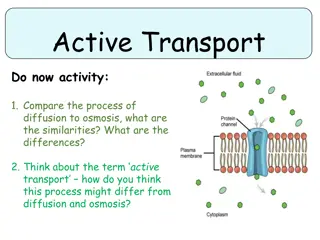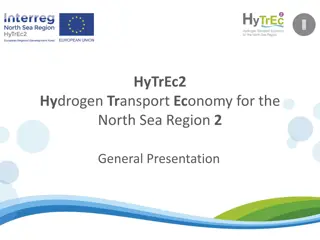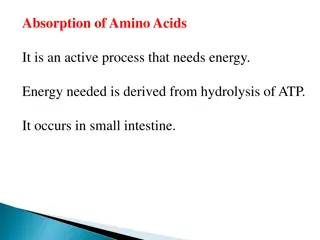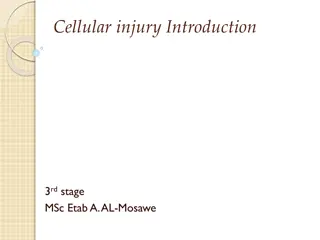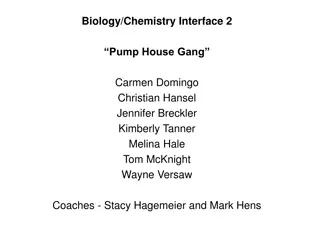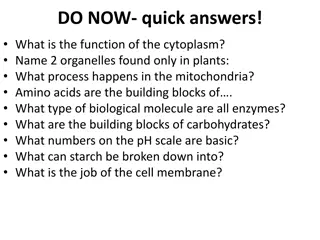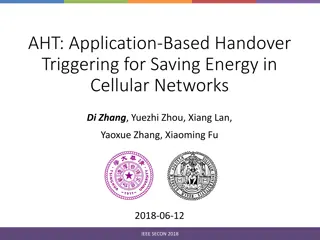Cellular Transport Mechanisms
The fascinating processes of transport across plasma membranes in cells, including passive diffusion, facilitated diffusion, and active transport. Learn about how molecules move through cell membranes in various ways, such as simple diffusion and primary/secondary active transport utilizing ATP. Gain insights into the intricate mechanisms involved in maintaining cellular homeostasis.
Download Presentation

Please find below an Image/Link to download the presentation.
The content on the website is provided AS IS for your information and personal use only. It may not be sold, licensed, or shared on other websites without obtaining consent from the author.If you encounter any issues during the download, it is possible that the publisher has removed the file from their server.
You are allowed to download the files provided on this website for personal or commercial use, subject to the condition that they are used lawfully. All files are the property of their respective owners.
The content on the website is provided AS IS for your information and personal use only. It may not be sold, licensed, or shared on other websites without obtaining consent from the author.
E N D
Presentation Transcript
Transport Across plasma Membranes Dr. Zahraa Tariq Lec.2 1st stage Physiology
Transport Across a Cell Membrane Simple Diffusion (No ATP) Active Transport Need ATP Endocytosis Primary Active Transport Secondary Active Transport Facilitated Diffusion Simple Diffusion Pinocytosis Phagocytosis
Passive Diffusion Its refers to the transfer of molecules from a high concentration area to a lower concentration area. It is divided into two types: 1. Simple Diffusion that means movement of molecules or ions occurs through a membrane opening without any interaction with carrier proteins in the membrane e.g oxygen (O2), carbon dioxide (CO2), and lipids.
2. Facilitated Diffusion: Refers to the transport of molecules or ions through a membrane with the help of a carrier proteins e.g movement of glucose and most of the amino acids through plasma membrane.
Active Transport Movement of ions or other substances across the membrane against a concentration gradient in combination with a carrier protein. Different substances that are actively transported through cell membranes include sodium ions, potassium ions, calcium ions, etc.. Active transport is divided into two types according to the source of the energy used to cause the transport:
1.Primary Active Transport: The energy is derived directly from breakdown of adenosine triphosphate (ATP). For example, the sodium-potassium (Na+-K+) pump, the process that pumps sodium ions outward through the cell membrane and at the same time pumps potassium ions from the outside to the inside of the cell.
2. Secondary Active Transport: The pumping of ions across a cell membrane generates the energy for secondary active transport. For example, The sodium ion (Na+) is commonly cotransported across the plasma membrane, where the sodium has the ability to pull other molecules( e.g sugar) through the cell membrane with it.
Endocytosis Endocytosis is a specialized cell membrane function that enables very big particles to enter the cell. The most common types of endocytosis are: Pinocytosis means the ingestion of tiny particles that form vesicles of extracellular fluid as well as microscopic substances within the cell cytoplasm. Phagocytosis means ingestion of large particles, such as bacteria or portions of degenerating tissue.
